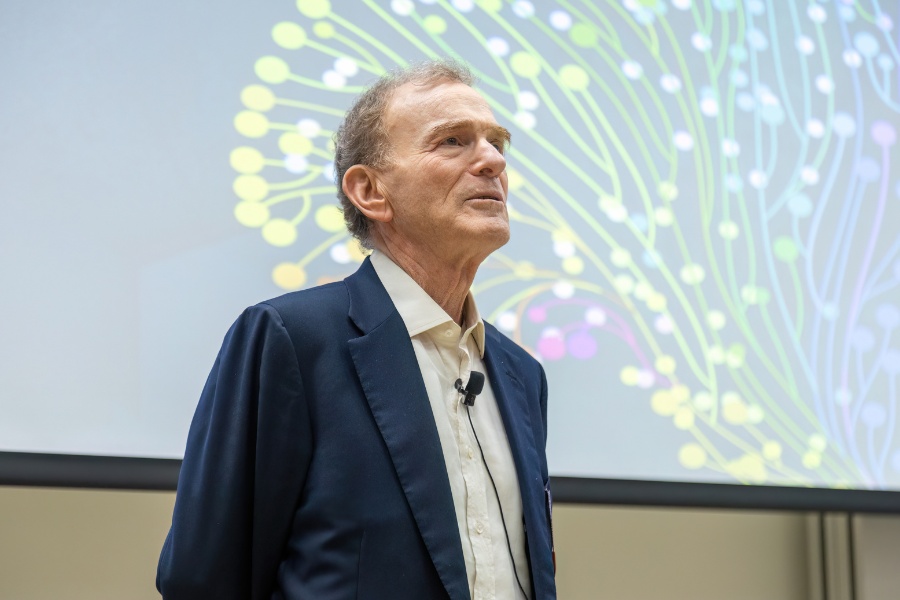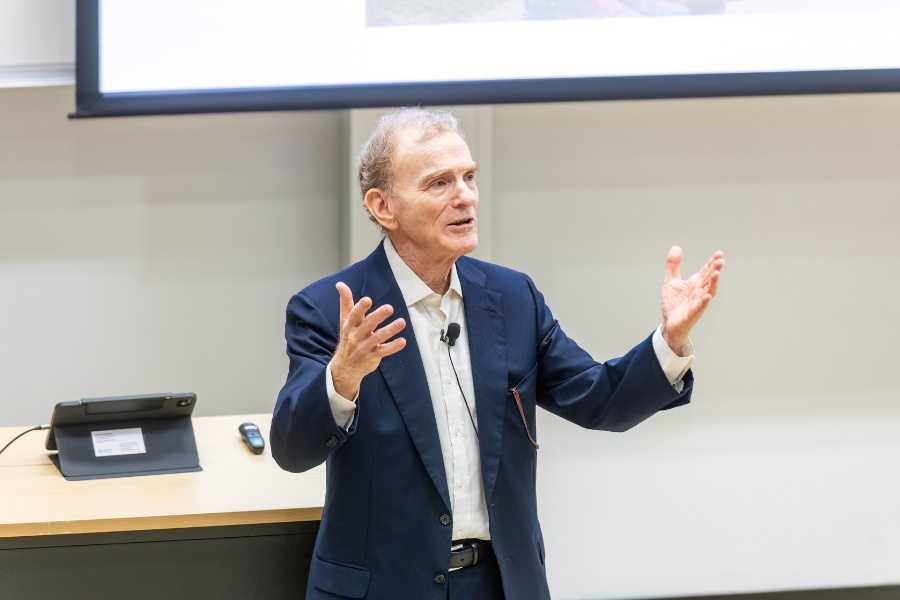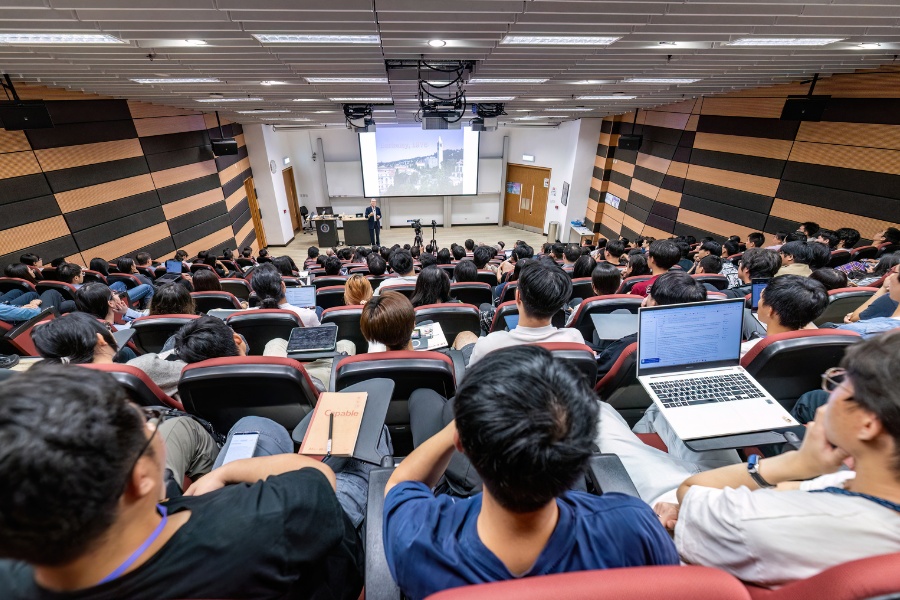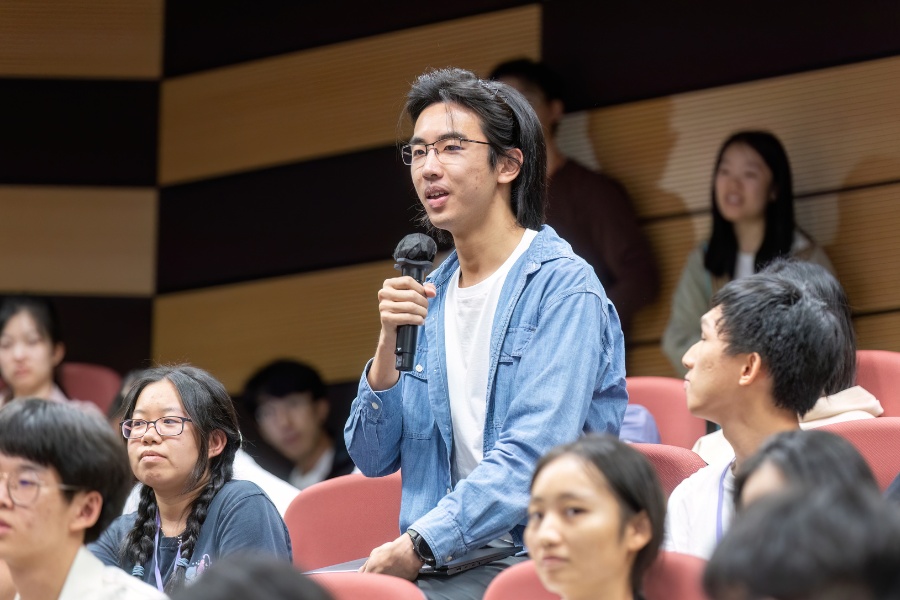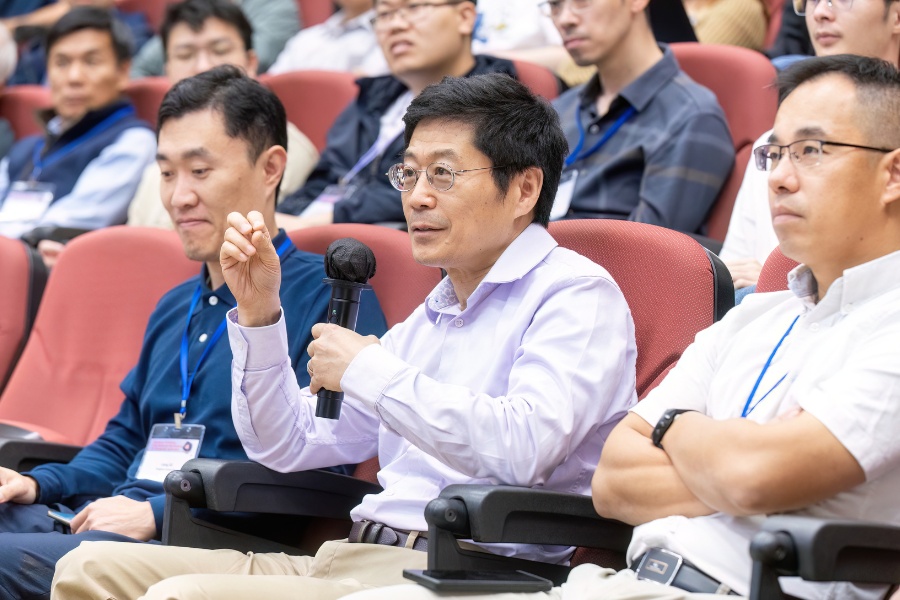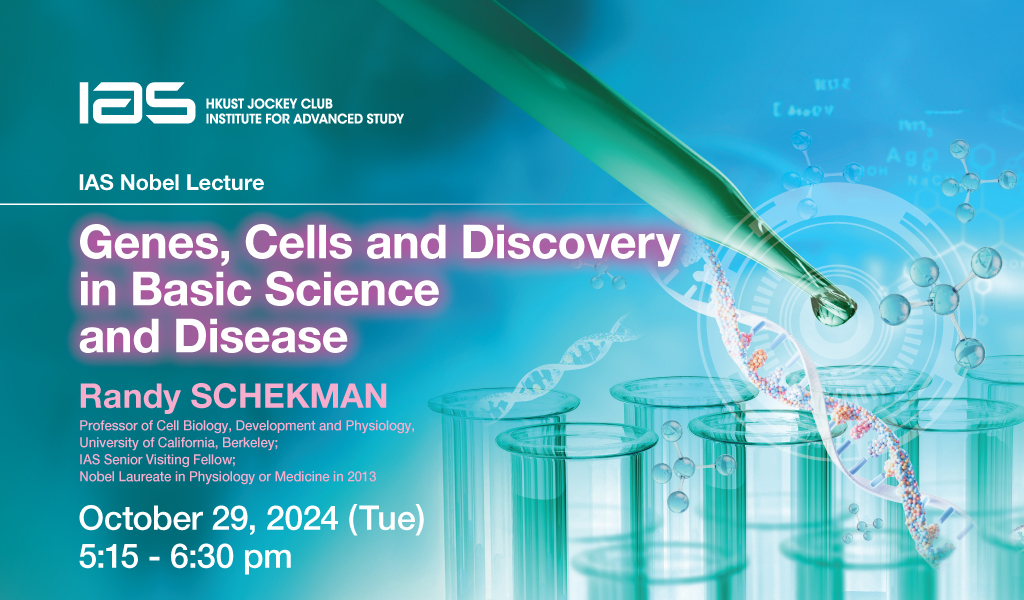Genes, Cells, and Discovery in Basic Science and Disease
Abstract
The speaker's earliest interest in science came with a squint into the plastic lens of a toy microscope where he observed the amazing microbial world of single-cell organisms crawling and swimming across his field of vision. This passion grew through high school, college and graduate school, where he learned to understand life processes at a molecular level. In 1976, the speaker's first year as a Berkeley faculty member, he had the great good fortune to attract a stellar PhD student, Peter Novick, with whom he embarked on a search for the genes that control the process of protein secretion. Their chromosomes encode ~ 23,000 genes which encode the protein molecules that make cells and catalyze the chemistry of life. All of these proteins are made inside the cell but some fraction of them, roughly 30% including molecules such as insulin, must be exported out of the cell to work elsewhere in the body. Just as commercial goods are exported by some kind of traffic conveyance, secreted proteins are packaged into membrane carriers called vesicles for traffic within and ultimately, out of the cell. The speaker's lab devised genetic and biochemical techniques to discover the secretory machinery in a simple single-cell organism, Yeast. Biological evolution has conserved this machinery such that the very genes and proteins they discovered in yeast have been found to operate throughout our body to organize the secretion of hormones, growth factors, antibodies, chemical neurotransmitters and all the things our body uses for normal physiology. As is often the case, fundamental discoveries such as this one have unexpected practical applications. Yeast cells are used to manufacture and secrete large quantities of clinically important proteins, such as recombinant human insulin. Some of the genes they discovered were also found to be the basis of human genetic diseases. The speaker will discuss some examples of this and how their interests have evolved into a major effort to find the molecular and cellular basis of Parkinson’s Disease.
About the Speaker
Prof. Randy Schekman received his BA in Molecular Biology from the University of California, Los Angeles in 1970 and his PhD in Biochemistry from Stanford University in 1975. He spent two years as a Postdoctoral Fellow at the University of California, San Diego before joining the College of Letters & Science of the University of California, Berkeley in 1976. In 1990-1994, he was appointed the Head of the Division of Biochemistry and Molecular Biology and currently, he is a Professor of Cell Biology, Development and Physiology. He has also been an Investigator at Howard Hughes Medical Institute (HHMI) since 1991.
Prof. Schekman's research is focused on the process of membrane assembly, vesicular transport, and membrane fusion among organelles of the secretory pathway. At UC Berkeley, he developed a genetic and biochemical approach to the study of eukaryotic membrane traffic. Basic principles that emerged from his past studies in yeast are now being applied to studies of genetic diseases of protein transport, as well to the study of extracellular vesicles. He was appointed the Editor-in-Chief of the Annual Review of Cell and Developmental Biology in 2002 and the Proceedings of the National Academy of Sciences in 2006. In 2012-2019, he served as the Editor-in-Chief in eLife, a peer-reviewed open access scientific journal established in 2012 with sponsorships from HHMI, Wellcome Trust and the Max Planck Society.
Prof. Schekman is a Member of the US National Academy of Sciences, the Institute of Medicine, the American Academy of Arts and Sciences, the American Philosophical Society, a Foreign Associate of the Accademia Nazionale dei Lincei, a Foreign Associate of the Royal Society of London and an Honorary Academician of the Academia Sinica. In 1999, he was elected President of the American Society for Cell Biology. Since 2017, he has been chairing the Advisory Council of the Aligning Science Across Parkinson's Initiative. Among his awards are the Eli Lilly and Company-Elanco Research Award (1987), the Lewis S. Rosenstiel Award for Distinguished Work in Basic Medical Research (1993), the Canada Gairdner International Award (1996), the Amgen Award of the Protein Society (1999), the Albert Lasker Basic Medical Research Award (2002), the Massry Prize (2010), the E.B. Wilson Medal (2010), the E.B. Wilson Medal (2010) and the Golden Plate Award (2017). He is one of the laureates of the 2013 Nobel Prize in Physiology or Medicine for the "discoveries of machinery regulating vesicle traffic, a major transport system in our cells".
For Attendees' Attention
Seating is on a first come, first served basis.


